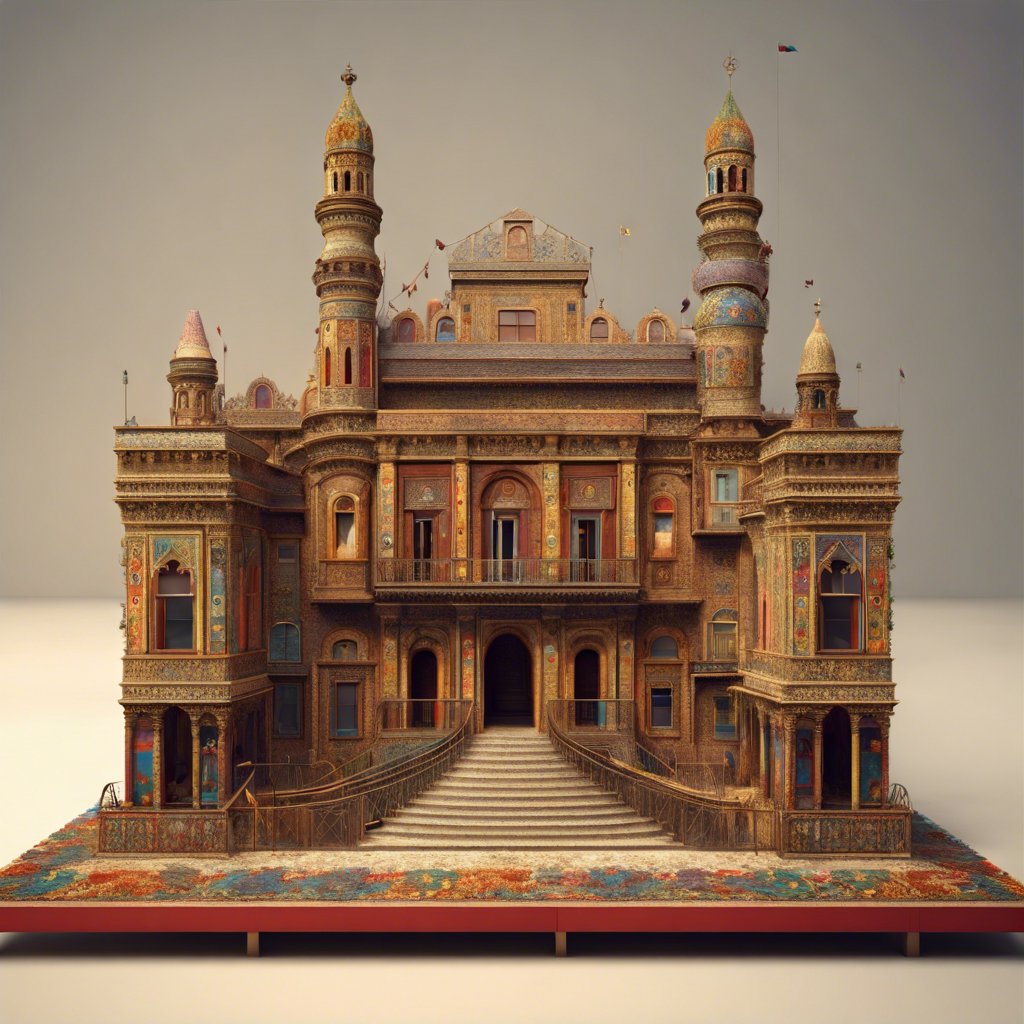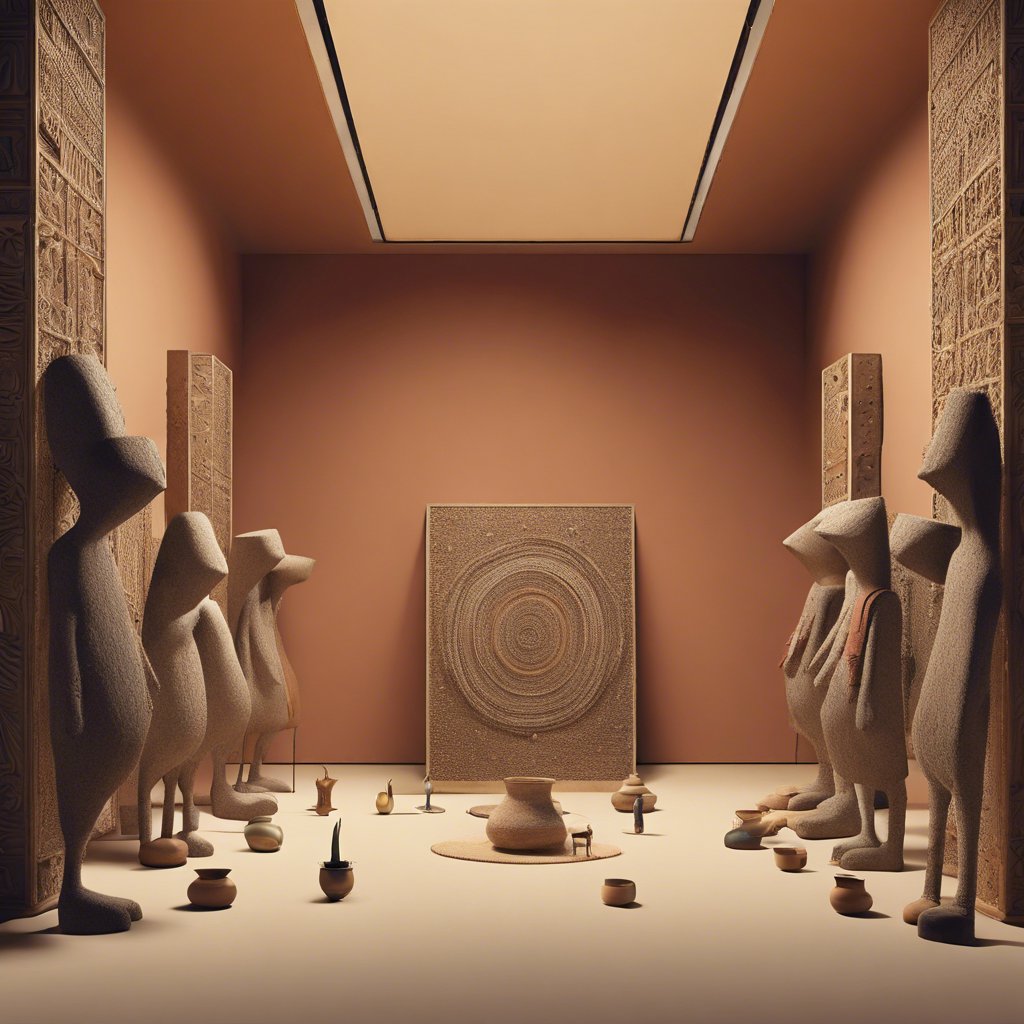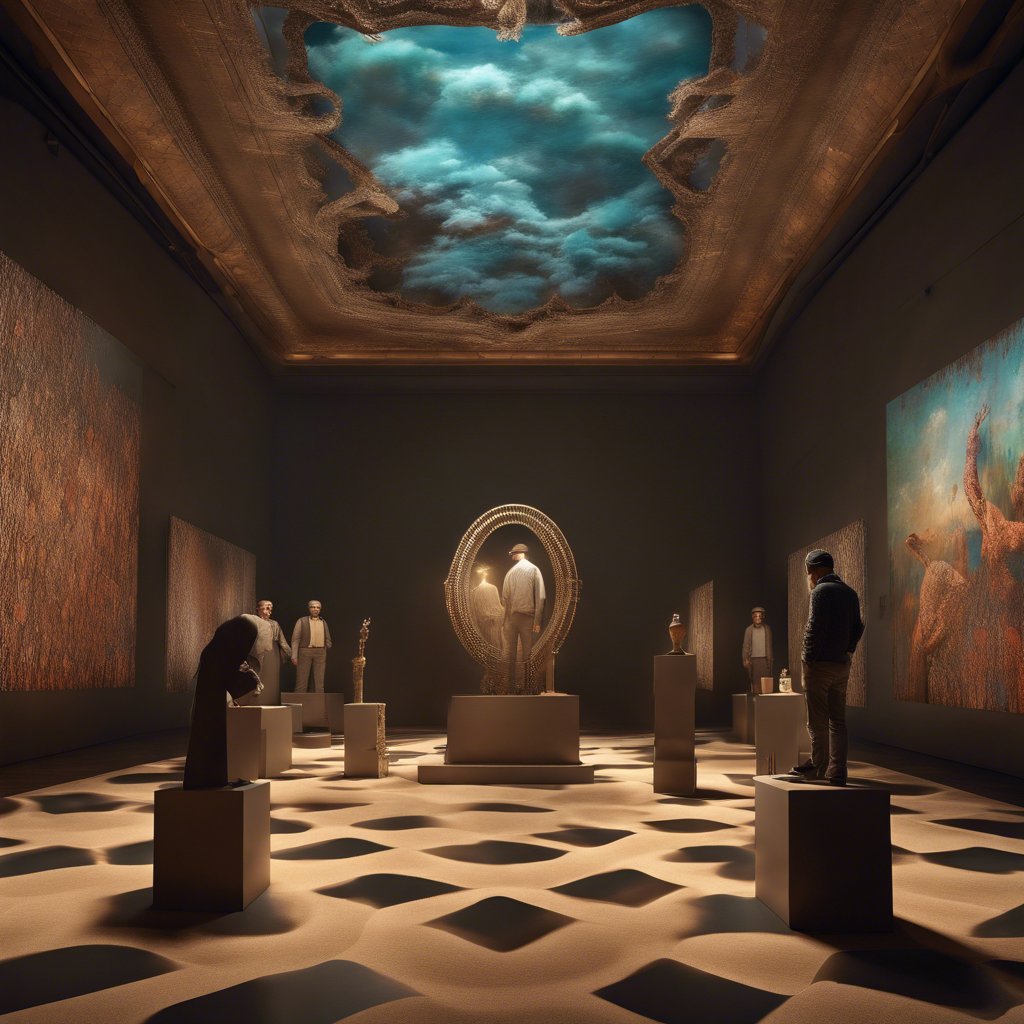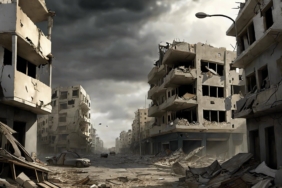If you think a filmed opera sung entirely in classical Arabic that tells, in detail, the complex story of a relatively obscure, failed 19th-century uprising in Egypt might be something less than compelling, do I have news for you.
Since the Venice Biennale opened in April, “Drama 1882,” a 45-minute video at the heart of an installation by the Alexandria-based artist Wael Shawky, has been mesmerizing visitors to the Egyptian Pavilion. When I went in mid-June, long after the art world insiders had left, I watched as tourists wandered into the dark space and after a moment or two parked themselves on the floor and on benches, seduced by the candy-colored, almost cartoonish stage sets, a richly melodious score, slow-motion, stylized choreography and even a real donkey.
The images are indelible: groups of soldiers sway and swoon in perfect synchronicity; top-hatted ambassadors from European powers squat barefoot on a tilted table or hang off its edges while discussing the fate of the Middle East; dancing girls tempt a drunkard in a tavern. But despite the surrealism of the visuals, the historical facts — they’re legit.
Shawky, 53, has made a name for himself in global art exhibitions like Documenta and the Sharjah and Istanbul Biennials by turning to the past to reframe our understanding of the present, often through filmed performances featuring marionettes, live actors in oversize masks, or even children.
Some of his works retell classic stories — about the Crusades, or the expulsion of Muslim Arabs from Europe — that flip the script, as it were, by seeing history through Arab eyes. In 2015, Holland Cotter called “Cabaret Crusades” — three sequential films shown at MoMA PS1 — “truly brilliant.” “The story is one of almost unremitting violence,” he wrote, “which is a surprise considering that all the actors are marionettes.” (Lady Gaga was also a fan.) Equally inventive, “The Song of Roland: The Arabic Version” (2017) brought to life the expulsion of Muslim Arabs from Spain in the eighth century, with singers and musicians from Sharjah and Bahrain performing live in the traditional style of Arabian Gulf pearl divers.
With “Drama 1882,” Shawky uses, film, sculpture and drawing to tell the story of the Urabi Revolt, led by a young military officer from a peasant family whose message of reform resonated with the common people. It purportedly began with the murder of a donkey owner by an anonymous Maltese man and ended with a clash between Alexandrians and British military forces that left around 300 Egyptians dead. The uprising signaled the end of Ottoman control of the region and precipitated British colonial domination of the Middle East for decades, including its 70-year occupation of Egypt.
| Image | Description |
|---|---|
 | A scene from Wael Shawky’s “Drama 1882,” which was staged in Alexandria with a cast of 150. The actors “become like marionettes,” said Shawky, who reframes old stories to better understand the present. |















